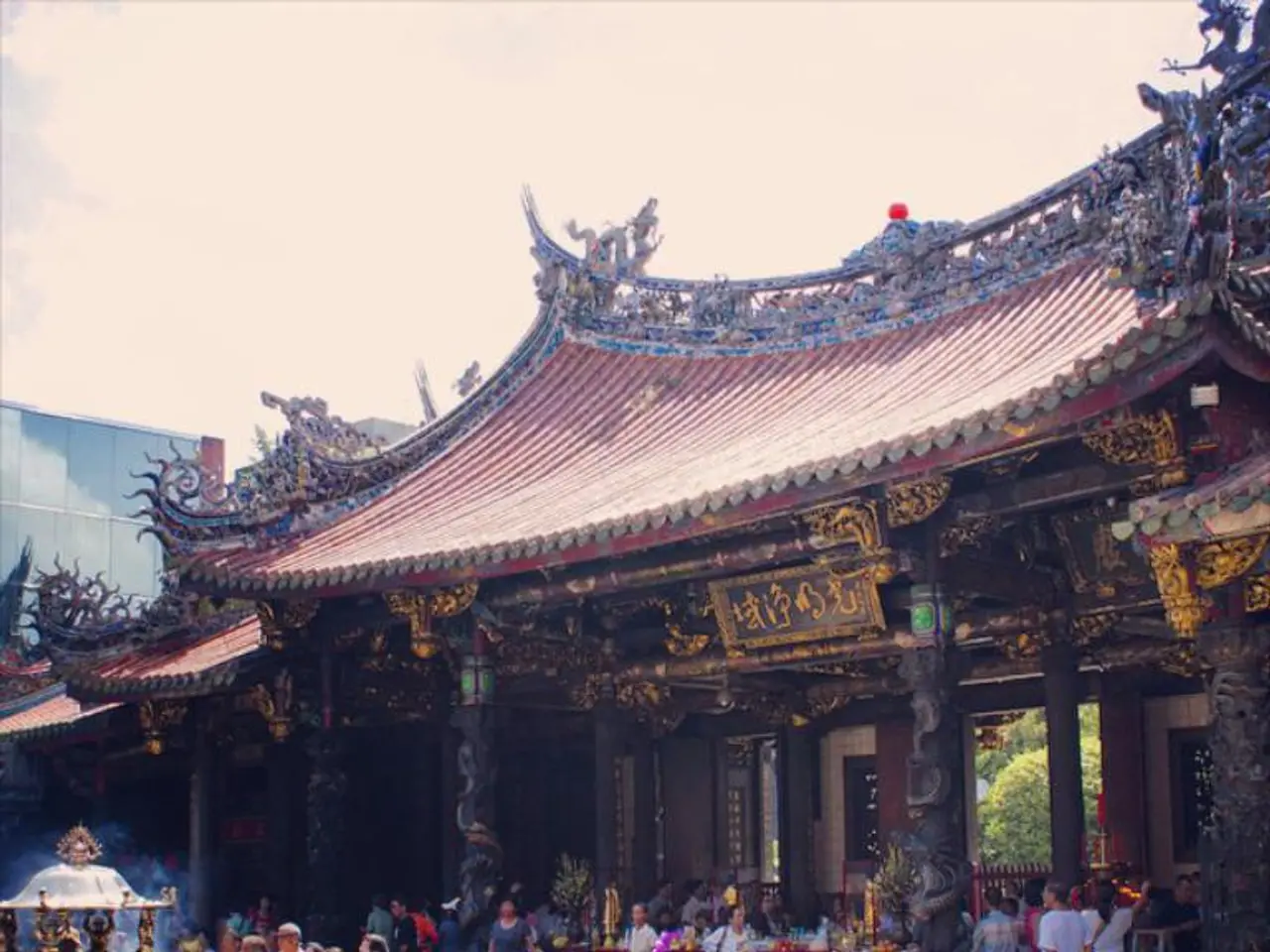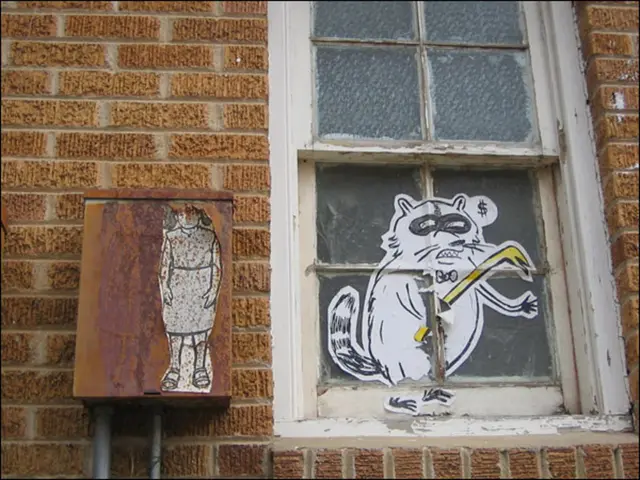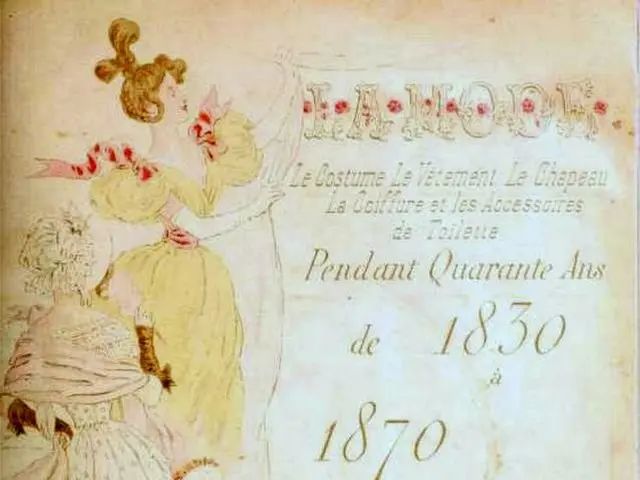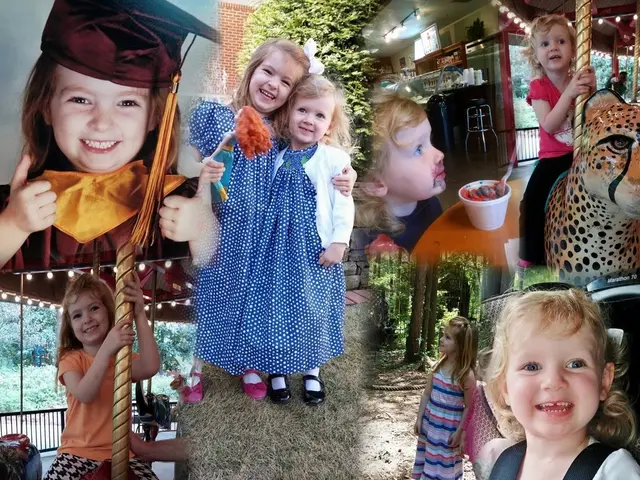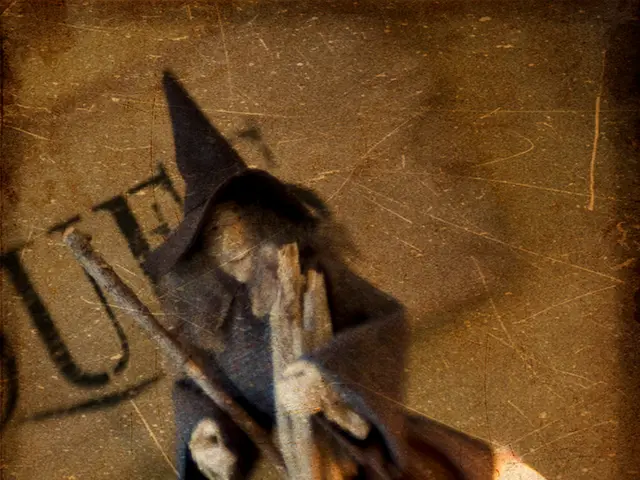Elderly abandonment in the woods: A look at the Japanese tradition of Ubasute
In the rich tapestry of Japanese history and folklore, one dark legend stands out – Ubasute. This chilling tale, set against the backdrop of hardship and survival, has been passed down through generations, casting a shadow over Japan's past.
Ubasute, often referred to as the abandonment of elderly women, is said to have occurred during times of extreme conditions such as drought, famine, or natural disasters. The practice, if it happened, was seen as a means to stretch meager food supplies by reducing the number of mouths to feed. The term "dead weight" was reportedly given a literal meaning in this context, referring to the elderly who could not work or care for themselves.
The legend of Ubasute is set on a mountain, with an old woman gathering twigs and branches on her way up. She would wait alone, and due to starvation, dehydration, or hypothermia, she would eventually die. Some variations of the legend involve deserting elderly family members deep within a heavily wooded area. One of the most well-known stories tells of a son carrying his elderly mother to the top of a mountain and abandoning her there, leaving her to die.
However, it's important to note that Ubasute is considered a myth rather than evidence of a widespread historical practice in Japan. Historically, there is no solid evidence that Ubasute was a commonly accepted or officially practiced custom. The source of the Ubasute legend mainly comes from Japanese folklore and traditional tales.
Despite its debated origins, the legend of Ubasute might have played a role in the creation of Japan's Suicide Forest. Some believe that the infamous Aokigahara forest, notorious for its high number of suicides, might have served as an Ubasute abandonment site. In 2015, a Japanese man named Katsuo Kurakawa admitted to abandoning his disabled sister in a remote area, similar to the Ubasute legend.
Contrasting the dark legacy of Ubasute, modern-day Japan prioritizes the care of the elderly. The Japanese state implemented a long-term insurance system in 2000 to help families provide the best care possible for their elderly loved ones. This system ensures that the elderly are not seen as a burden but are valued and cared for in their later years.
While the practice of Ubasute remains a haunting reminder of Japan's past, it serves as a stark contrast to the nation's current approach to elder care. The legend, though debated, continues to hold a place in Japanese folklore, serving as a cautionary tale against the harsh realities of hardship and the importance of compassion and care for the elderly.
Read also:
- Understanding Hemorrhagic Gastroenteritis: Key Facts
- Stopping Osteoporosis Treatment: Timeline Considerations
- Expanded Community Health Involvement by CK Birla Hospitals, Jaipur, Maintained Through Consistent Outreach Programs Across Rajasthan
- Abdominal Fat Accumulation: Causes and Strategies for Reduction
